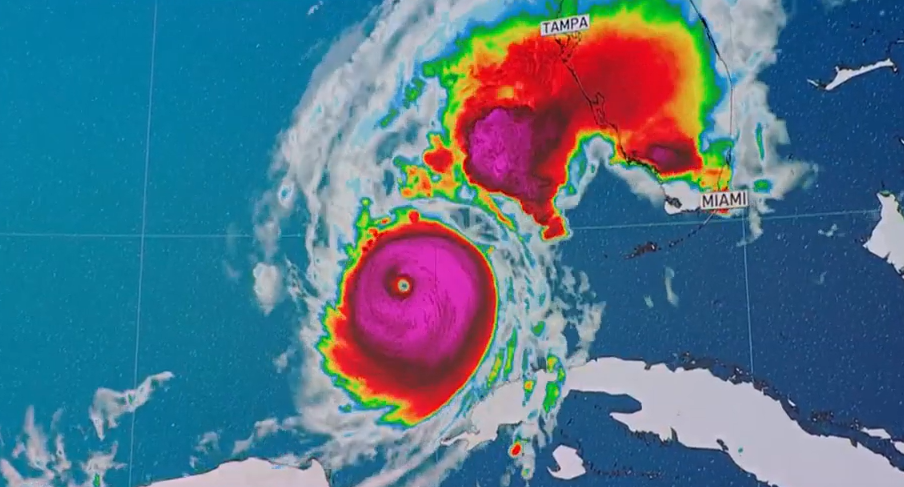| By AP News Photos: YouTube Screenshots While Floridians are no strangers to storms, Tampa hasn’t been in the direct path of a major hurricane in over a century. In that period, the area has exploded in growth. A 2015 report from a catastrophe modeling firm concluded that Tampa Bay is the most vulnerable place in the U.S. to storm surge flooding from a hurricane and stands to lose $175 billion in damage. Read more. |

| What to know: The heightened risk is partially a result of topography. The Gulf of Mexico coastline of Florida is shallow with a gentle, sloping shelf. The higher ocean floor acts as a barrier that retains the storm’s outflow of water, forcing the ocean to surge onto shore. Also lurking in the waves and wind are the effects of climate change. Rising temperatures from greenhouse gas emissions have warmed the oceans, led to sea level rise and added moisture to the air — all key factors determining a hurricane’s strength and the potential flooding it can cause. Especially high water temperatures act like fuel for storms. “Milton’s rapid intensification is incredible,” University of Miami hurricane researcher Brian McNoldy said in an email. “I’ve been pointing out for months, the Gulf has been and is record or near-record warm.” |






